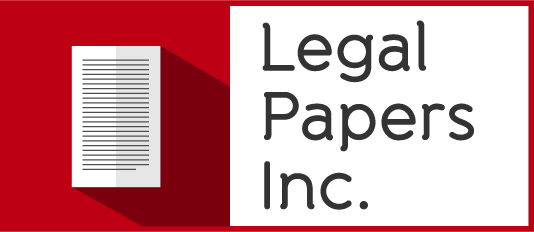Written by: Bloomberg News
Randy Thanthong-Knight
Published August 10, 2023
Housing minister’s comments underscore contradictory, ambitious aims of government amid high cost of living, real estate wealth
In a country with some of the world’s most expensive real estate, Prime Minister Justin Trudeau’s government wants housing to become more affordable.
“Our goal is not to decrease the value of their home,” Housing Minister Sean Fraser said in his first interview with Bloomberg News since he took the job on July 26. “Our goal is to build more units that are at a price that other people, who don’t currently have their needs met, can afford.”
Fraser’s comments underscore the ambitious — and contradictory — aims of a government that’s trying to quell a political backlash against the soaring cost of living, but doesn’t want to adopt policies that would damage the millions of Canadian households whose wealth is tied to their homes.
The benchmark price of a home in Canada was $749,100 in June, and it has doubled in 10 years. Toronto and Vancouver are two global cities with high real estate bubble risks, UBS said in a report last year; the typical home in each, including apartments, costs more than $1.15 million.
Fraser said one of his key priorities will be handing out federal money more quickly as incentives to local governments to boost housing supply, attempting to address imbalances between demand and supply in those two cities and other places. But he said he’s “under no illusions” that any measures will lead to a sharp correction in the price of detached housing in a market like Toronto.
“It is clearly a contradiction,” John Pasalis, who runs Toronto-based brokerage Realosophy Realty Inc., said of the government’s message.
“What they’re signalling would be the ideal. But we are so far from the ideal, and it is impossible to achieve that ideal when our population is growing at the level it is and housing starts and completions have not changed,” Pasalis said. “No matter what they say, the forces driving the market are pushing prices higher.”
Recent surges — prices have risen 36 per cent in three years — were amplified by a period of ultralow interest rates from 2020 to 2022 and a shortage of new homes amid rapid population growth. The expectations that home values will keep appreciating as the government increases immigration targets each year also played a role.
Fraser reiterated Immigration Minister Marc Miller’s comments last week that reducing the number of newcomers isn’t the answer for Canada’s housing shortages.
“The solution is to build more houses,” said Fraser, who was the immigration minister until Trudeau shuffled his cabinet last month. “We should be working to more closely tie our immigration levels to both our industrial policy and to the absorptive capacity of communities, which includes, but is not limited to, housing. It’s important that we don’t reduce our population growth targets, but instead increase our housing supply targets.”
Temporary immigration policies, which cover foreign students and low-wage workers whose numbers have grown in recent years, however, should be examined, he said. “They operate currently on an uncapped basis, which can make it very difficult for communities to predict what their housing needs will be.”
Over the coming months, Fraser said he would focus on speaking with developers, non-profit groups, community leaders and elected representatives at municipal and provincial levels to set targets and draft options for policies addressing housing issues.
He expects the government to announce “further steps” to expedite home construction this fall, which may also include “constant reconsideration” of tens of billions of dollars in existing spending.
“We need to be creating policies that will incentivize developers to build more quickly and incentivize communities to pull the barriers down to allow developers to build more quickly,” Fraser said.
— With additional reporting from Erik Hertzberg

